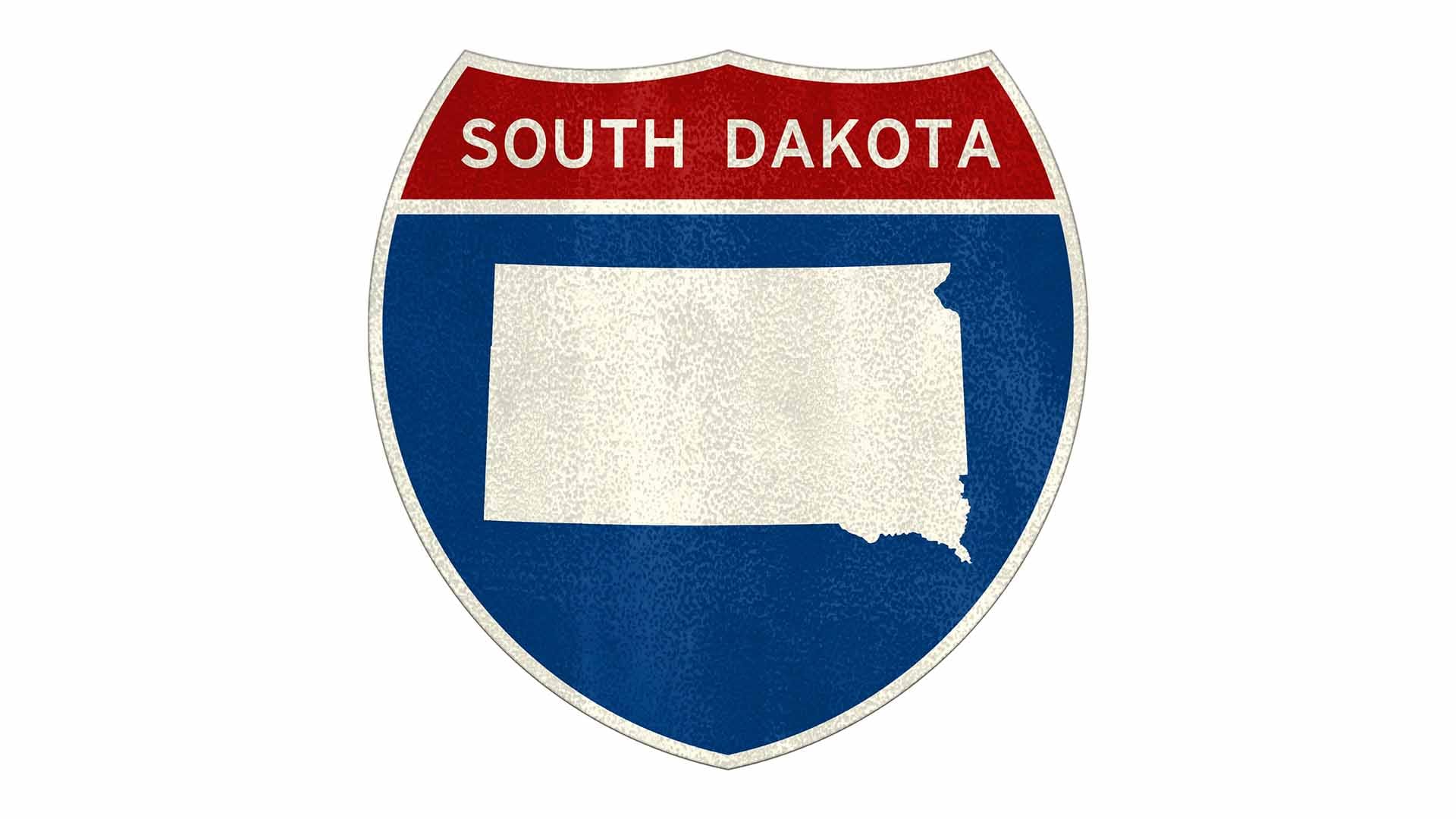At a glance
CDC supports South Dakota and other state and local health departments, or their bona fide agents, through cooperative agreements to support childhood lead poisoning prevention activities. Read about the program's successes.

About the program
The State of South Dakota received $498,955 through cooperative agreement EH21-2102 from the Centers for Disease Control and Prevention (CDC) in the third funding year. The funds address childhood lead poisoning prevention and surveillance programmatic activities being conducted from September 30, 2023, to September 29, 2024.
The strategies focus on:
- Ensuring blood lead testing and reporting
- Enhancing blood lead surveillance
- Improving linkages to recommended services
To learn more about these efforts in South Dakota, contact the program below.
South Dakota Department of Health
600 East Capital Avenue
Pierre, SD 57501
Phone: 605-773-3368 or 605-773-3241
Note:
Success story: funding year 3
South Dakota establishes data sharing agreement to improve state-wide blood lead surveillance
Challenge
Children who receive Medicaid benefits are required by the Centers for Medicare and Medicaid Services (CMS) to undergo blood lead testing at ages 12 and 24 months or between 24–72 months if no record of a previous test. Nationally, children covered by Medicaid are more than twice as likely to have higher blood lead levels (BLLs) than children not enrolled in Medicaid. In 2022, South Dakota Medicaid and the Children's Health Insurance Program (CHIP) covered 64% of children, with 50% relying on those insurance programs during the first year of life. However, only 33% of children who received Medicaid benefits in South Dakota received the required blood lead testing that year. To improve lead testing rates, the South Dakota Department of Health (SD-DOH) matched blood lead test results to children receiving Medicaid services.
Intervention
SD-DOH established a data sharing agreement with the South Dakota Department of Social Services (SD-DSS). SD-DOH's Childhood Lead Poisoning Prevention Program (SD CLPPP) shared 2022 blood lead test result data for all children under 6 years old with SD-DSS Medicaid. The data were matched to identify whether children were Medicaid recipients at the time of the blood lead test. SD CLPPP compared the proportion of children tested and reported who were enrolled in Medicaid to those not enrolled in Medicaid, the proportion that had BLLs above the blood lead reference value of 3.5 µg/dL, and the number who were enrolled in Medicaid who were tested and had claims billed to SD Medicaid.
In 2022, 4,662 blood lead tests among children under six years of age were reported to SD CLPPP. Of these, 2,433 (52.2%) were among children enrolled in Medicaid, and 128 (5.3%) had BLLs ≥3.5 µg/dL. Additionally, 2,442 tests were reported to SD-DSS, and 1573 claims for payment were submitted. Of the 2,229 (47.8%) children not enrolled in Medicaid, 41(1.8%) had BLLs ≥3.5 µg/dL.
Impact
The analysis found that children who were Medicaid recipients were almost three times as likely to have BLLs ≥3.5 µg/dL than children not enrolled in Medicaid. Collaboration between the SD CLPPP and SD-DSS will improve surveillance for children at increased risk for lead. Test data from SD CLPPP and claims data from SD Medicaid will be used to focus on the medical home of children enrolled in Medicaid who still needing blood lead testing.
Funding for this work was made possible in part by NUE2EH2023001304 from the Centers for Disease Control and Prevention (CDC). The views expressed in this material do not necessarily reflect the official policies of the Department of Health and Human Services; nor does mention of trade names, commercial practices, or organizations imply endorsement by the U.S. Government.
Success story: funding year 2
Student interview team supports South Dakota's lead poisoning prevention program
Challenge
The South Dakota Department of Health (SD-DOH) received funding in September 2021 to develop and conduct activities for their Childhood Lead Poisoning Prevention Program (SD CLPPP). Previously, the state had no public health surveillance, interview, referral, or case management activities established for childhood lead poisoning. Due to the existing public health workforce focusing on the COVID-19 response, SD CLPPP sought an alternative model to conduct activities by engaging a student interview team.
Intervention
SD-DOH established a partnership with the University of South Dakota (USD) School of Health Sciences in 2021 to create a student interview team from their Master of Public Health (MPH) program, named the Community Action Response Epidemiology (CARE) team. The goal of the partnership was to increase lead hazard awareness in the state and conduct blood lead surveillance activities for children aged 6 years and younger. SD CLPPP developed program policies and trained the CARE team on the following:
- Conducting telephone interviews with families of children with blood lead levels at ≥10 μg/dL to determine possible lead exposure sources. Since the intervention, SD CLPPP is now making contact with families of children ≥ 3.5 ug/dL.
- Educating families about lead hazards, health effects, and prevention.
- Providing case management for children who were exposed to lead, such as monitoring follow-up blood lead testing, engaging with medical providers during follow-up, and making referrals to supportive services.
Impact
The partnership between SD CLPPP and the USD CARE team enhanced the state's public health workforce capacity to conduct outreach for lead poisoning prevention while offering MPH students the opportunity to learn and practice applied skills. Specifically, SD CLPPP activities ensured early identification of lead-exposed children and prompt linkages to supportive services. In addition, all 17 parents, caregivers, and guardians of children who were contacted by the SD CLPPP received educational materials about lead poisoning prevention. Data collected during interviews will continue to increase the program's ability to focus interventions on geographic areas and populations at higher risk.
Funding for this work was made possible in part by [CDC-RFA-EH21-2102] from the Centers for Disease Control and Prevention (CDC). The views expressed in this material do not necessarily reflect the official policies of the U.S. Department of Health and Human Services; nor does mention of trade names, commercial practices, or organizations imply endorsement by the U.S. Government.
